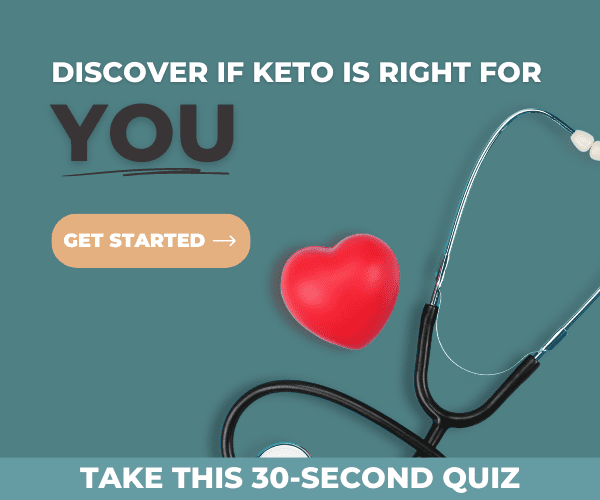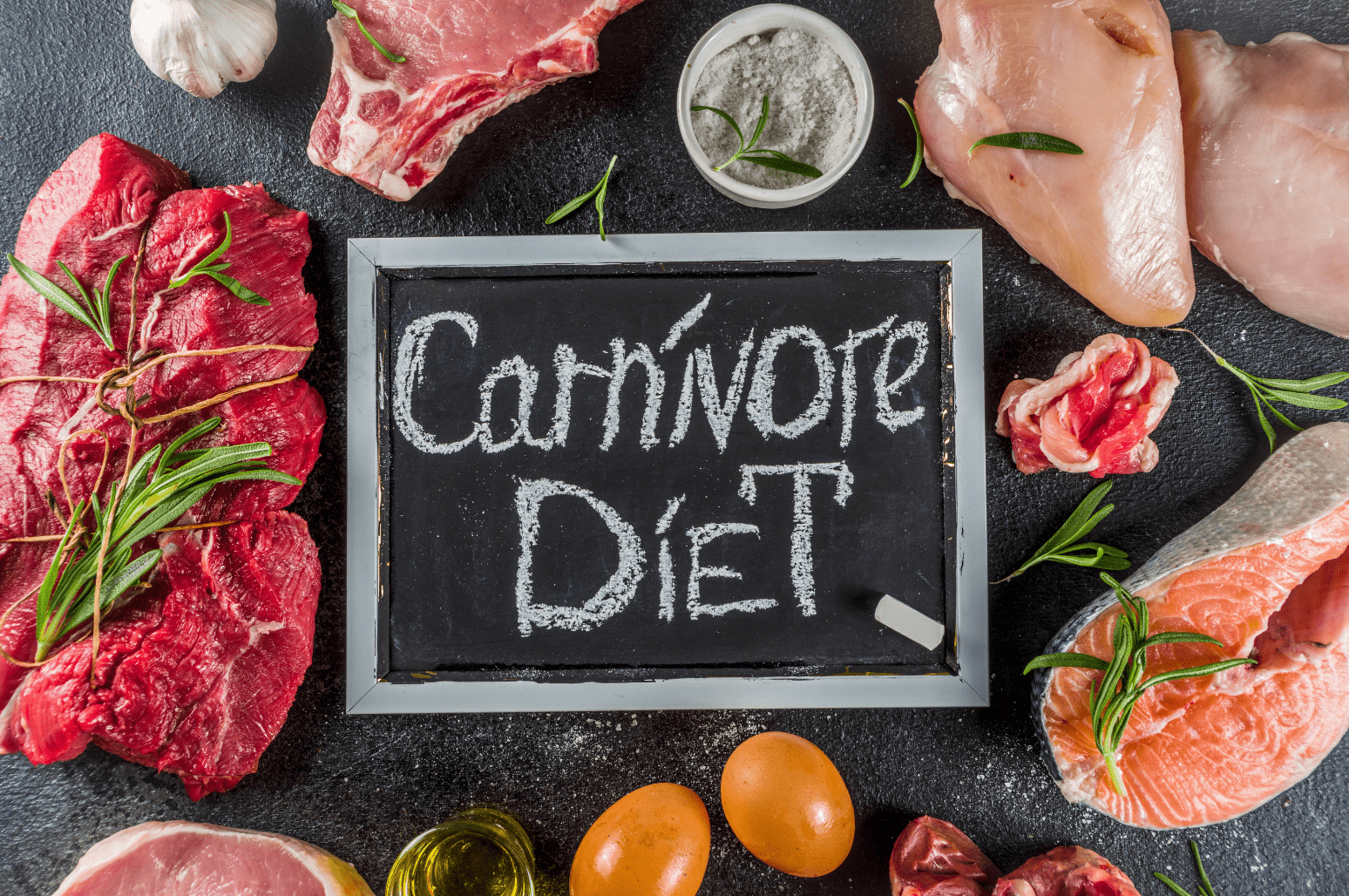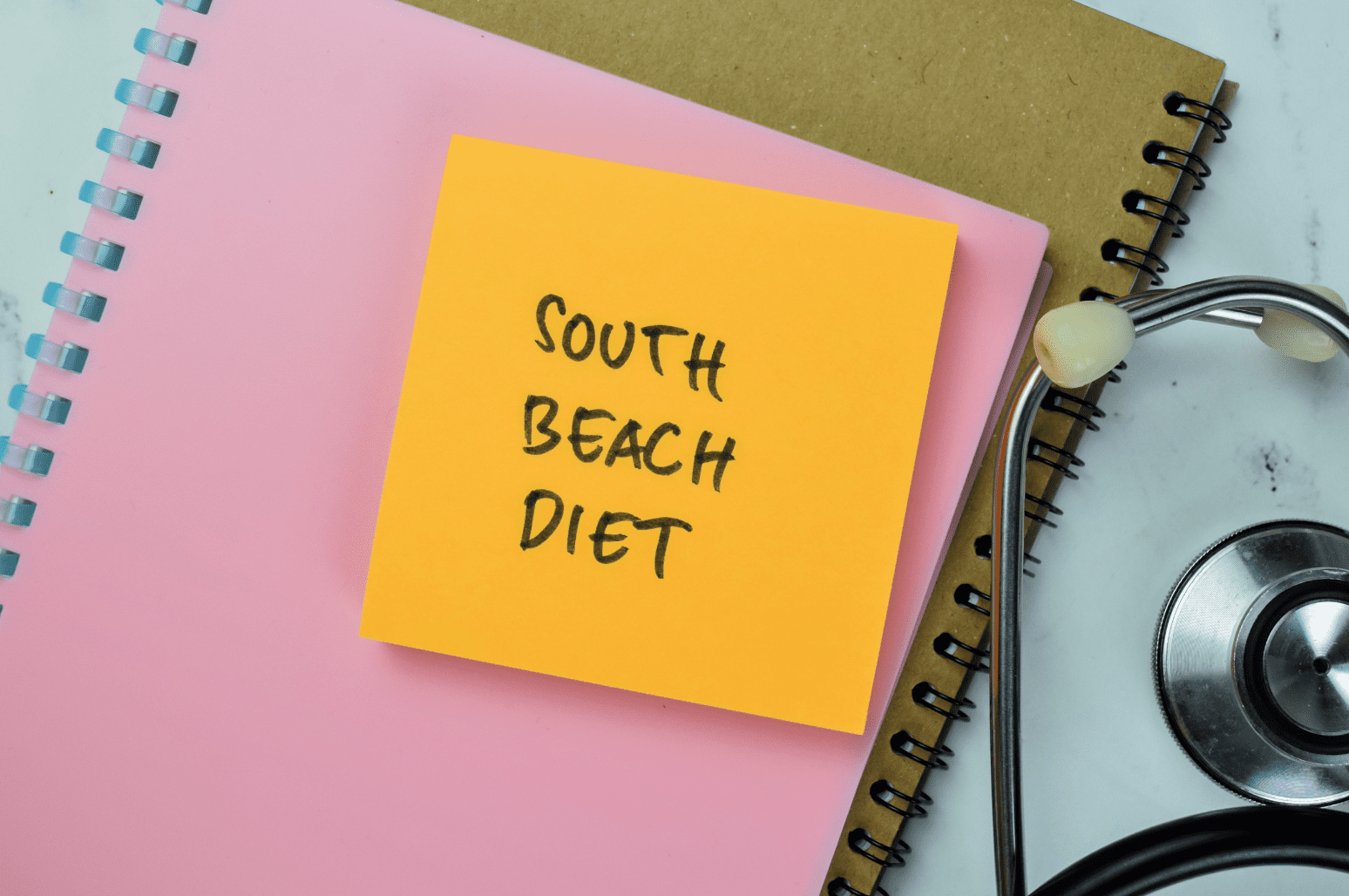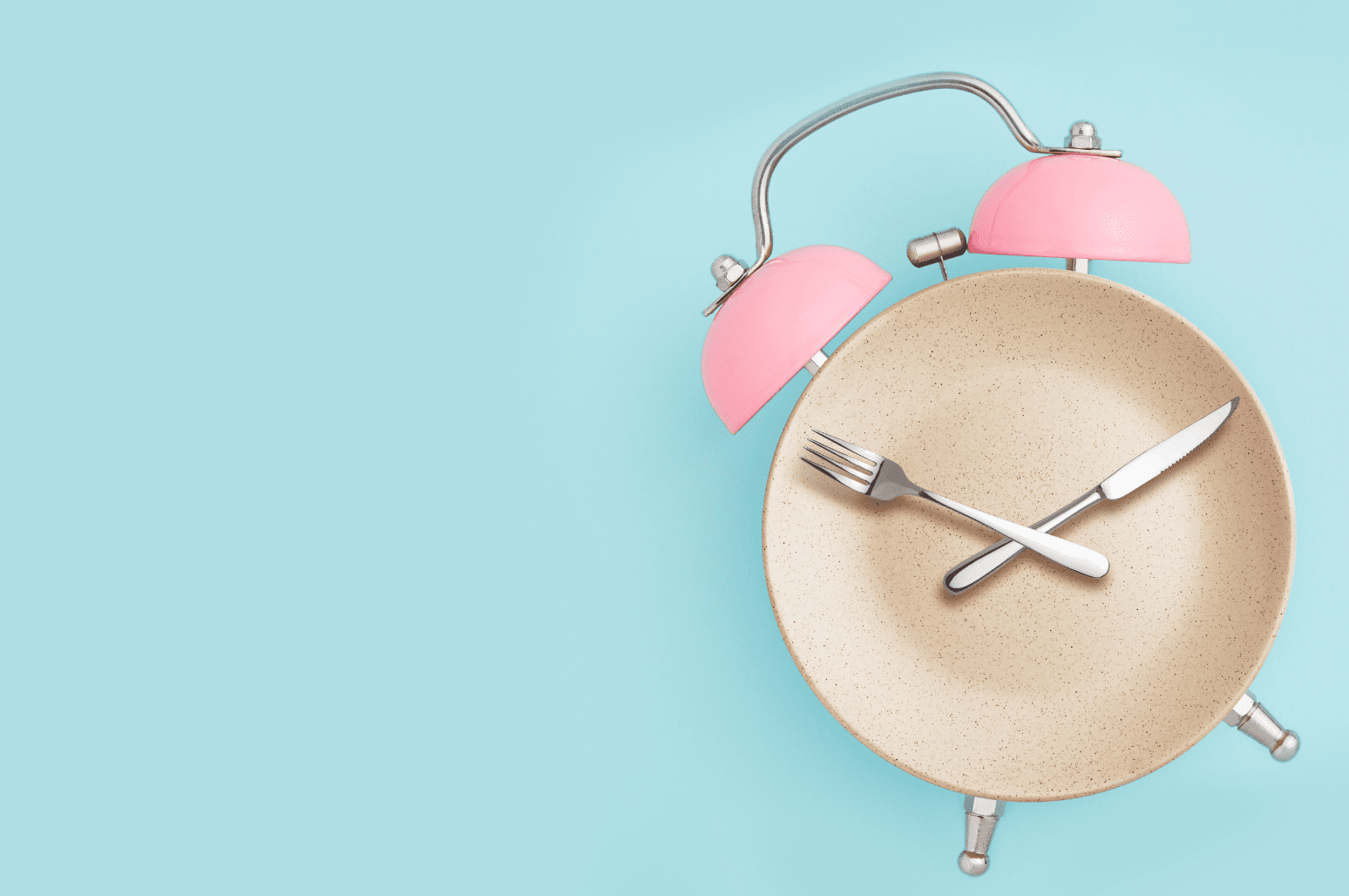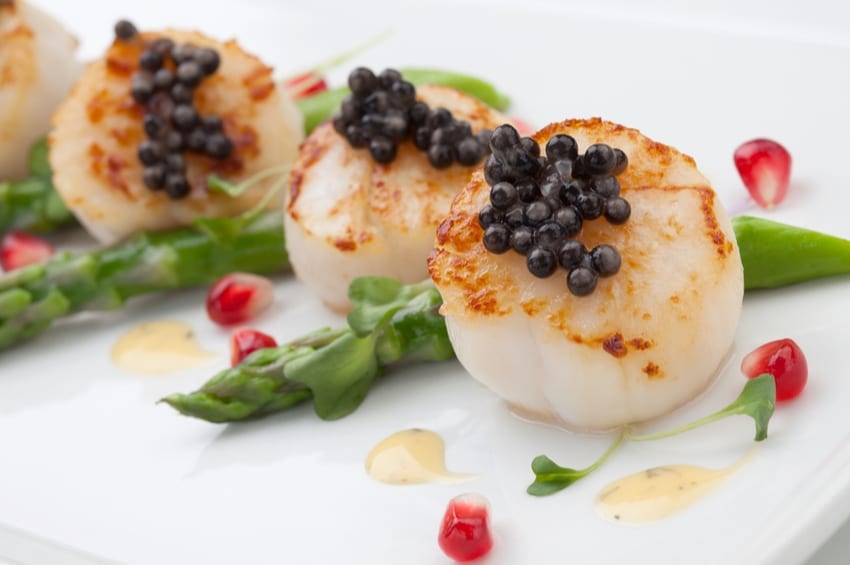
Caviar is a delicacy in many parts of the globe. Caviar is a nutritious food and a great choice on the keto diet.
What is Caviar?
Caviar or roe refers to fish eggs — an exotic luxury in the United States. Caviar often refers more specifically to sturgeon eggs that are lightly salted or cured and typically placed in tins for aging and storing. The many different types of caviar have different price points. Depending on the type and certain other factors, caviar can be affordable or expensive.
Since caviar is usually processed and preserved with salt, it’s available all year-round. Fish eggs are delicate and should be handled with care. Store caviar in the coldest part of your refrigerator and serve it on ice to prevent warming. You should throw away unused caviar after two or three days.
What are the Benefits of Caviar?
Fish eggs are nutritious and packed with healthy omega-3 fatty acids. Caviar is rich in protein and fat and it also contains sodium. Caviar has an estimated glycemic load of zero and it isn’t a significant source of sugar or fiber.
Fish eggs contain three different types of fat: saturated, polyunsaturated, and monounsaturated. 1 tablespoon (16 grams) of fish eggs (sturgeon roe) gives you around 42 calories, 3 grams of fat, 4 grams of protein, and less than 1 gram of carbs. Different varieties of fish and eggs can alter the nutritional content of caviar, for example, trout caviar usually has more grams of fat than caviar from herring.
 Fish eggs also give you plenty of vitamins and minerals, such as vitamin D, vitamin B12, choline, magnesium, and selenium. Vitamin B12 supports heart health and metabolism and choline supports healthy fat and cholesterol transport in your body [1] [2].
Fish eggs also give you plenty of vitamins and minerals, such as vitamin D, vitamin B12, choline, magnesium, and selenium. Vitamin B12 supports heart health and metabolism and choline supports healthy fat and cholesterol transport in your body [1] [2].
When it comes to omega-3 fatty acids and healthy fats, one serving of fish eggs has 608 milligrams of DHA and 439 milligrams of EPA. Omega-3 fatty acids are essential fats your body can’t produce, so you have to get them from your diet. Researchers believe omega-3 fatty acids can support brain and eye health, decrease blood pressure, and help ease symptoms of arthritic conditions, such as rheumatoid arthritis [3] [4] [5] [6] [7]
How Do I Include Caviar on a Keto Diet?
Whether caviar is the leading role or simply a garnish, you can enjoy caviar in so many ways, assuming you don’t have an allergy to fish eggs. You might enjoy caviar on top of small keto pancakes, crackers, or toast, or maybe you prefer a cucumber slice topped with caviar and a dollop of sour cream.
Caviar makes a great appetizer, side dish, or snack. Top your caviar with fresh herbs, chopped onions, crumbled, hard-boiled eggs, or other tasty favorites. Caviar is also used in some sushi rolls and in Japanese dishes.
Do You Enjoy Caviar On Keto?
Tell us your favorite recipes and ways to include caviar on a ketogenic diet…
References
United States Department of Agriculture. Roe, Sturgeon.
United States Department of Agriculture. Roe, Herring.
Vannice, G., & Rasmussen, H. (2014). Position of the academy of nutrition and dietetics: Dietary fatty acids for healthy adults.Journal of the Academy of Nutrition and Dietetics. 114(1), 136-153.
Akbar, U., Yang, M., Kurian, D., & Mohan, C. (2017). Omega-3 fatty acids in rheumatic diseases. Journal of Clinical Rheumatology, 23(6),
Dyall, S. C. (2015). Long-chain omega-3 fatty acids and the brain: A review of the independent and shared effects of EPA, DPA, and DHA.Frontiers in Aging Neuroscience,
American Optometric Association. Essential Fatty Acids.
Miller, P. E., Van Elswyk, M., & Alexander, D. D. (2014). Long-chain omega-3 fatty acids eicosapentaenoic acid and docosahexaenoic acid and blood pressure: A meta-analysis of randomized controlled trials. American Journal of Hypertension, 27(7), 885-896.

